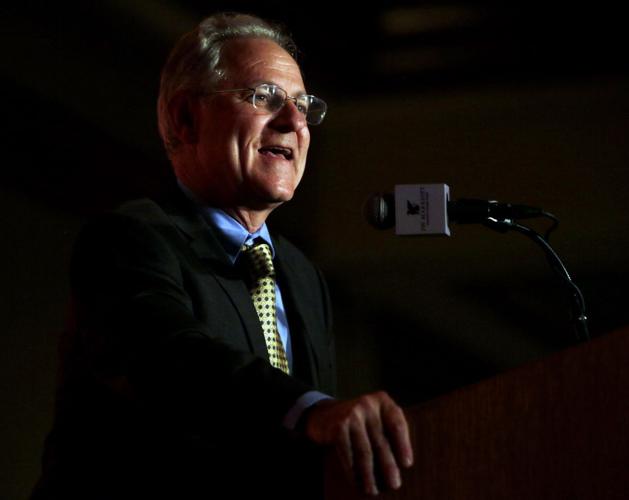Tucson’s mayor will publish a progress report today on his two-year agenda.
The Star asked Mayor Jonathan Rothschild what’s been done and what’s coming next. Some of his comments have been edited for length or clarity.
Q: Your report says the city manager’s plan to have a structurally balanced budget in two years includes seeking voter approval for new sources of revenue. What would the city cut if voters say they can’t pay more?
A: (City employees) are doing a job or a job and a half, and we are underfunded. ... Certainly the first priority is police and fire, but without a robust transit system, park system, environmental services system, roads, more burden would be put on police and fire. You build a city by making economic prosperity, and to cut out any core services is essentially cutting your nose to spite your face.
If we’re put in that situation, my guess is that you would see across-the-board cuts and reduction of services in all departments.
Q: What needs to happen next in the transit discussion after the Teamsters strike?
A: We did make some operation changes. We did adopt some route efficiencies. But the fact of the matter is we’re going to have to revisit both how we charge for transit and what transit services are available.
At the same time, there are different models for delivering transit services. Right now, the city has a model where the city is at risk. In other words, if costs run over our budget or revenues are over our budget, the city pays for that. The transit providers who do this work in the U.S. are prepared to be at risk. It means giving different people responsibility for some of the decisions about operations, but that can be done.
We’ve also started to look at whether we can move to a regional service by creating a Regional Transit Authority. That’s how almost every large city in the region does it.
Q: In your report, you said city incentive programs have brought $347.5 million in new private capital investment and 3,400 jobs. Should the city set up more incentive districts?
A: It’s definitely high on the priority list. We would take what we can from the business incentive districts, which are voluntary by property owners, and from the infill incentive districts, which allow for some flexibility in parking and setbacks and the like, and try to create new areas of business activity around the community.
We’re going to go to each council member and get their input as to where they think that would be best, and we’re going to go out to the business community.
We’ve seen the success of downtown, but we can’t replicate that in other areas because we can’t have the Government Property Lease Excise Tax incentive — that’s only in the central business district by state law — and of course we don’t have the streetcar (outside of downtown). But I think there’s a number of things we can still do if we put the package together and focus it in an area where the property owners are wanting to assist. That can be a way of kick-starting our economy.
Q: You mentioned the city is starting a bike-share program. What can Tucson learn from what other cities have done?
A: We have gotten a commitment from the Regional Transportation Authority for the capital required to put in a bike share program — the bikes and the stations. We need to provide the operational funds. We are currently in the process of talking to people who may want to sponsor it.
What’s happened in other cities is, a large business has come in and taken sponsorship.
So their names are on the bikes, the stations, sometimes the helmets. That will pay for it.





